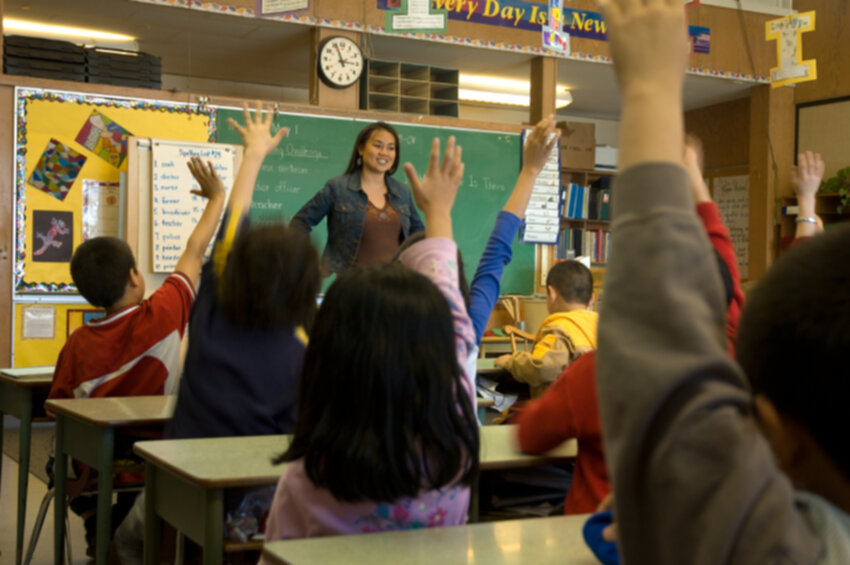The Teaching Force in America

Between 1987 and 2012, the teaching force in America increased by close to 45 percent, equating to 4 million elementary and secondary school teachers, according to an article in Education Week. However, this growth varies widely depending on the teaching field. The number of English-as-a-second-language teachers, for instance, though still a small part of the teaching force says Education Week, has exploded over the last 25 years to a 1,000 percent increase.
This same period also saw an increase of about 42 percent in the number of inexperienced teachers, those with five years experience or less. This adds up to about 250,000 beginning teachers, states the article.
Education Week reports another interesting trend. Between this same time frame, the number of minority teachers grew by almost 105 percent. This compares to only 38 percent for white educators.
The increase of minority teachers is important says “Diversifying the Teaching Force,” an article in the Urban Review journal. Teachers of color are well suited to teaching students of color, as they bring a deep understanding of the cultural experiences to learners, states the article. This ‘‘cultural synchronicity’’ gives minority teachers an advantage over white teachers in advancing the academic outcomes of minority students, it adds.
Connecting a student’s culture between his or her home and school is supported by research, according to Urban Review. Studies show, whether it’s outside or inside school, learning always takes place within a cultural context. To make sense of what it is they’re learning, students are constantly connecting their experiences and prior knowledge on both individual and cultural levels.
Though it’s definitely good news that there’s been an increase in minority teachers, the Department of Education reports that they are still significantly underrepresented in the teaching force. In addition, in 2012, Hispanic and Asian teachers only made up 2 percent and 7 percent in total, it adds.
One way schools can help minority students is by looking into educational programs that support ELL students’ first language, such as The Latino Family Literacy Project, as it can make an enormous difference on their academic and language acquisition success.
